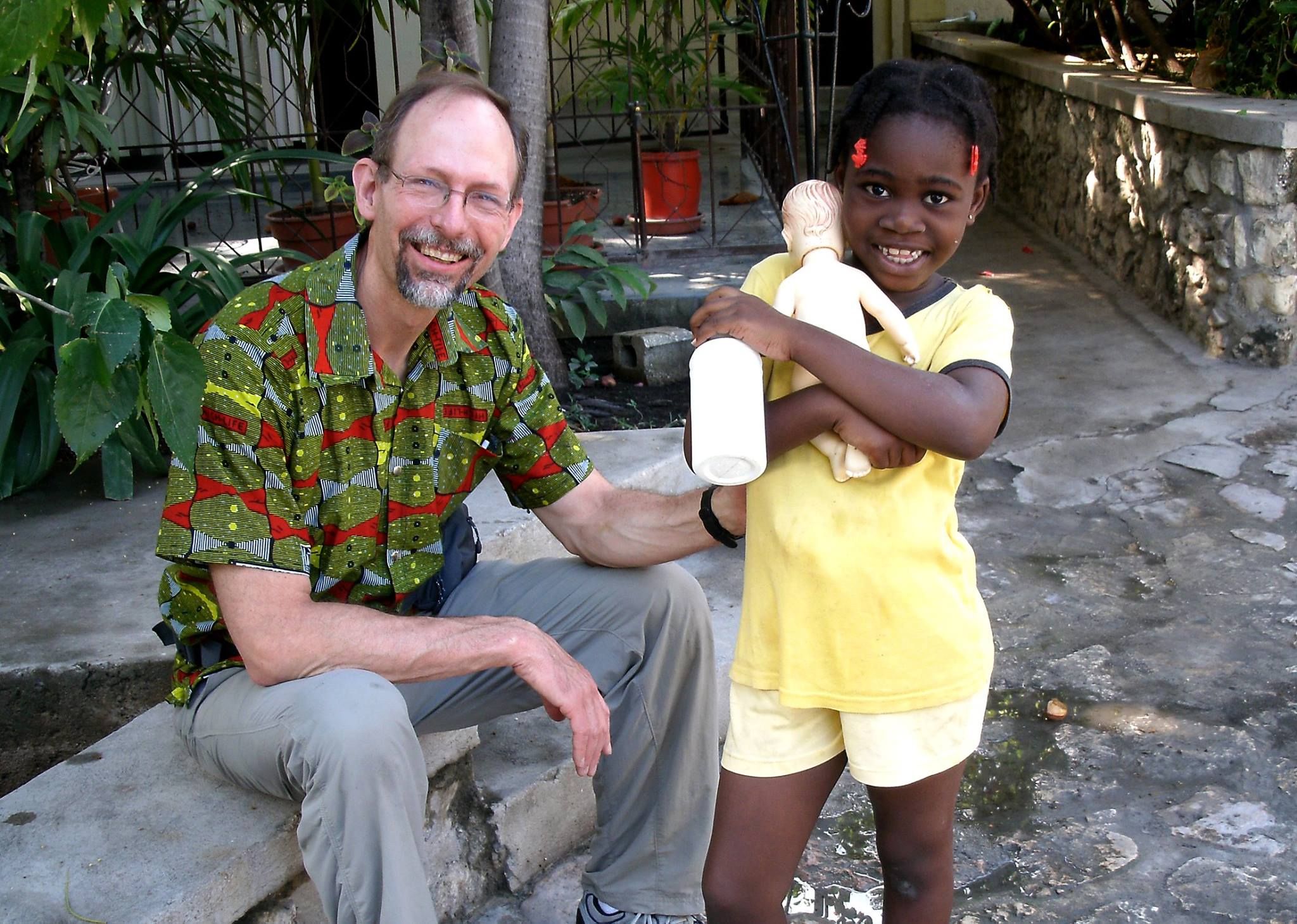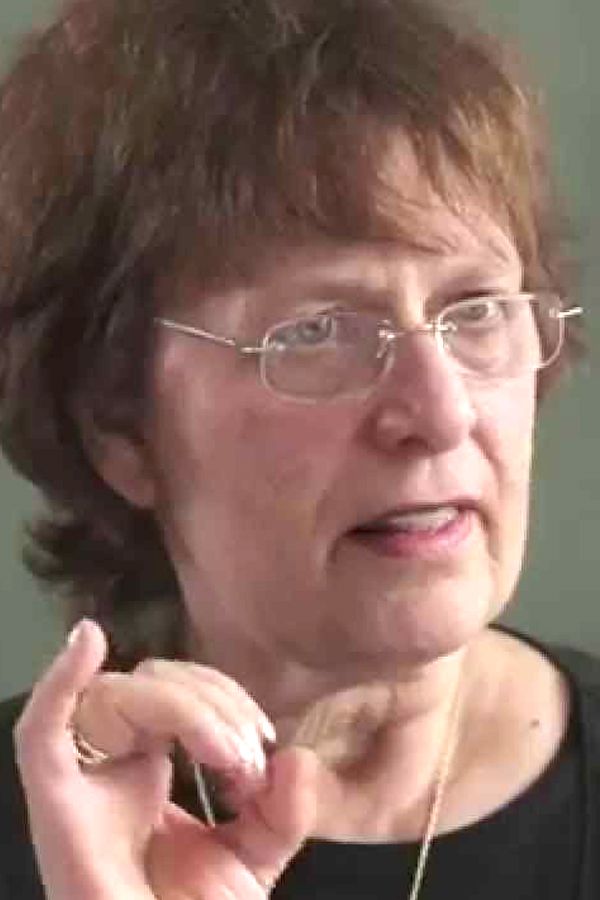ABOUT US
Trauma Recovery/HAP History
A wide array of leading professional associations have recognized the efficacy of EMDR therapy, including the US Department of Veterans Affairs & Department of Defense, World Health Organization (WHO), International Society for Traumatic Stress Studies and the national health services of numerous countries, including Great Britain and Northern Ireland, Italy and Israel. Professional EMDR associations to define standards for treatment and training were established in the U.S. (EMDR International Association), Europe, Latin America and Asia. Thus, the stage was set for EMDR Humanitarian Assistance Programs (HAP).
EMDR Humanitarian Assistance Programs (HAP) began in 1995 as a response to the Oklahoma City bombing. An FBI agent who had previously received EMDR therapy called requesting help, stating that the local mental health professionals were overwhelmed by the task. After a needs assessment, approximately 100 volunteer clinicians trained in EMDR therapy were rotated in to provide pro bono treatment for the bombing victims and front-line responders. A program evaluation indicated that over 80% achieved beneficial treatment effects within three sessions, in agreement with the results of a randomized study published the same year (Wilson, Becker & Tinker, 1995). Subsequently, free trainings in EMDR therapy were offered and provided to 290 clinicians in collaboration with local agencies. The feedback was so positive that a 501 (c) 3 organization was soon established.
Since that time, we have changed our name to Trauma Recovery, EMDR Humanitarian Assistance Programs (Trauma Recovery/HAP) and have coordinated projects throughout the U.S. and internationally in more than 30 countries. The goals of the organization include, (a) educating the public about the effects of trauma, (b) providing support for professionals working with underserved populations, and (c) treating victims post-disaster and in war zones. Trauma Recovery/HAP projects train those serving afflicted populations in developing nations, such as clinicians working with AIDS orphans in Addis Ababa. Projects have been conducted with clinicians on both sides of ethnopolitical and religious conflicts, such as Bosnia/ Croatia, Northern Ireland and parts of the Middle East. The overall goal is to alleviate the immediate suffering, while simultaneously preventing the intergenerational transfer of both the pain and violence that are often the legacies of traumatization.
Within the U.S., Trauma Recovery/HAP collaborates with inner-city non-profit agencies to provide trauma education workshops and clinical trainings. It also coordinates a Trauma Recovery Network of regional associations where volunteer clinicians become proficient at emergency response methods, instruct local emergency managers on the nature of trauma and its treatment, and make themselves available to provide pro bono services in the event of a disaster in their home communities or elsewhere. Trauma Recovery/HAP volunteers have both trained and supported local clinicians by providing direct services after manmade and natural disasters, such as 9/11 and Hurricane Katrina. An assessment of the impact of direct volunteer services provided after the terrorism attacks in New York City demonstrated the effectiveness of both immediate and delayed EMDR treatment (Silver et al., 2005).
In 2002, Trauma Recovery/HAP reorganized and revamped services to more effectively deploy its cadre of volunteers for international capacity building. While direct treatment services are still provided upon request, such as after the recent earthquakes in Haiti, the current primary focus of Trauma Recovery/HAP is to empower communities in collaboration with local agencies through training programs for clinicians, and by providing trauma education and stabilization technique workshops for selected lay populations such as teachers, nurses, and monks. There are several advantages to this model. First, teaching mental health professionals EMDR therapy provides them with a means of treating the emotional effects of trauma in an efficient and effective manner. Second, as familiar and trusted members of the affected community rather than outsiders, these professionals have an immediate rapport with the victims that further increases their outreach. Third, they are prepared to respond when disaster strikes. For instance, clinicians trained by Trauma Recovery/HAP at the request of the Turkish Psychological Association (Istanbul Branch) treated the victims of the Marmara earthquake in tent cities, and demonstrated that 92.7% of a representative sample of 1,500 of those with PTSD lost the diagnosis after an average of five 90-minute EMDR sessions, with a reduction in symptoms in the remaining participants (Konuk et al., 2006). A permanent trauma center was established, and since that time Turkish therapists have launched humanitarian projects to treat victims of floods and numerous terrorist attacks.
EMDR therapy does not include homework, which makes it amenable to consecutive-day treatment. It is also unnecessary to describe the memory in detail, which facilitates effective treatment in cultures that are reticent about personal disclosure, and appears to decrease vicarious traumatization in the providers. This makes it highly useful for field teams in post-disaster areas. Subsequently, HAP training participants in Latin America, Asia, and Africa created clinical professional associations to ensure that evidence-based treatment remains self-sustaining in their homelands. They also provide services to others in need. For instance, 100 Indian clinicians trained by Trauma Recovery/HAP provided treatment to over 16,000 survivors of the Gujarat earthquake in 2001. In 2004, these clinicians subsequently treated 5,000 tsunami victims in South Asia.
Training local clinicians helps to circumvent the problems caused by delayed international responses to traumatic events and builds sustainable resources in communities often plagued by natural disasters and/or the effects of violent conflict. The positive outcomes of post-disaster interventions as the result of Trauma Recovery/HAP programs have been published in several peer-reviewed articles. For instance, during a Trauma Recovery/HAP project following a hurricane in Mexico, an EMDR group treatment protocol was developed (Jarero et al., 1999) that has now been used worldwide with great success. Rapid treatment effects have been demonstrated after 1-4 sessions in interventions throughout Latin America, in Italy, and in the Palestinian territories (e.g. Adruiz et al., 2009; Fernandez, Gallinari, & Lorenzetti, 2004; Jarero et al., 2006, 2010; Zaghrout-Hodali et al., 2008).
Trauma Recovery/HAP and its affiliated European EMDR humanitarian assistance programs invite collaboration with interested organizations and researchers to help ensure emergency preparedness, disaster response and effective trauma treatment worldwide.
Recipient of the 2011 International Society for Traumatic Stress Studies Sarah Haley Memorial Award for Clinical Excellence.
On February 7, 2014 the UN Committee on Non-Governmental Organizations recommended that the UN Economic and Social Council grant EMDR Humanitarian Assistance Programs Special Consultative Status.

A Tribute To Francine Shapiro
A vision to bring hope and healing to those suffering from the effects of emotional trauma through EMDR therapy. This vision started more than 25 years ago with the establishment of the EMDR Institute and was expanded with her creation of Trauma Recovery/HAP.
- A visionary
- A philanthropist
- A teacher, mentor and thought leader
- An author
- An inspiration
This is her legacy – a passion to guide healing through EMDR therapy so that those affected could make a full recovery. This passion is the cornerstone of our work and it lives in the commitment of our volunteers.
As Robbie Dunton, Francine’s colleague and our Board member shared, “Francine had two lifelong goals; to see peace throughout the world; and to bring EMDR therapy throughout the world.” We know that she succeeded in bringing EMDR therapy to the world; we hope that we will see world peace.


